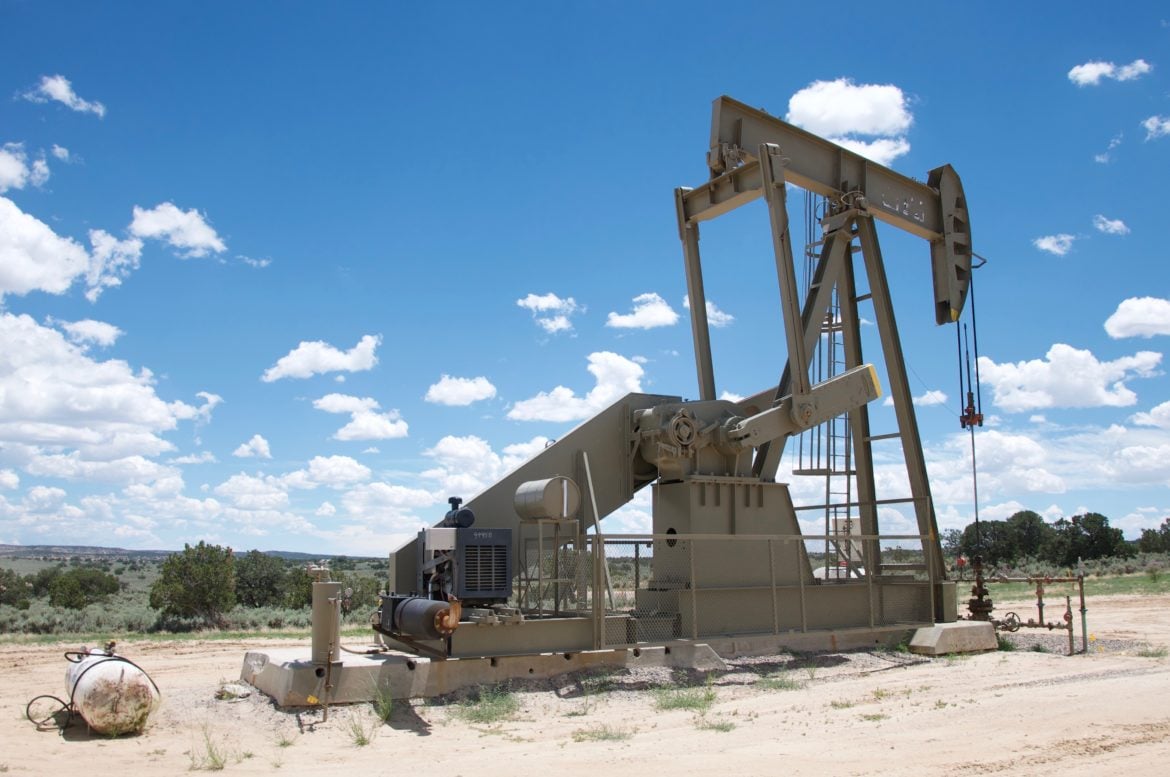The state’s Oil Conservation Division has been understaffed even as its workload has skyrocketed due to the ongoing oil and gas boom. So lawmakers are looking to help out by allowing the division to charge application fees.
In January, Bill Brancard, general counsel for the Energy, Minerals and Natural Resources Department, which oversees the division, described to Senate Conservation Committee members a department unable to hold onto staff as experienced people jumped to more lucrative industry positions. They’ve been left with 19 full-time vacancies.
At the same time, applications to drill have quadrupled in the last three years to 1,821 and administrative hearings have shot up from 271 to 1,502. Meanwhile, overseeing 64,000 wells falls to 61 full-time employees and the division continues to work through a backlog of about 5,800 clean-up cases.
“It’s a lot of work and it’s become a lot worse in the last few years,” Brancard said.
Two weeks after that presentation, Sen. Joseph Cervantes, D-Las Cruces, introduced the Oil Conservation Commission Fees Act, SB 553. The bill would allow the commission to collect application fees, administrative filing fees, and permit fees to cover the costs for reviewing, implementing and enforcing permits and rules under the Oil and Gas Act. In introducing the bill, Cervantes said the goal was to set a predictable schedule of fees and a fair rulemaking process. And it came with Gov. Michelle Lujan Grisham’s initials appended, a sign of her support.
Claudia Tristán, with the governor’s press office, described the proposed fees as a way to “give the Oil Conservation Division tools to cover the rising costs that have come with regulating the oil and gas industry.”
Supporters at the bill’s first committee hearing before the Senate Conservation committee on Feb. 21 included Brancard. He told committee members he’s still in discussions with industry stakeholders about how much money to collect and where it would be spent. So far, industry representatives also seem like they might get on board, in hopes that a better-funded department will more quickly address their needs as well.
“We’re hopeful we can be supportive,” Aimee Barabe, a lobbyist for the New Mexico Oil and Gas Association told lawmakers during the committee meeting. “It’s just at this point, the way it’s written, we do have some pretty significant concerns.”
Jim Winchester, executive director of the Independent Petroleum Association, was similarly optimistic. But the bill text is vague, with no set fees listed yet, and the small operators he represents are concerned about any additional costs.
Supporters include the Environmental Defense Fund and Sierra Club Rio Grande chapter.
“It’s an important financial resource so they can review applications promptly,” Mary Feldblum, with Earthworks’ Oil and Gas Accountability Project testified at the committee.
How big a financial boon this would be to the division can’t be estimated until the Oil Conservation Commission sets these rules, according to the bill’s fiscal impact report. In Texas, application for drilling permits require a fee of up to $750, and an additional $375 for an expedited application, which, that report notes, is a frequent request in New Mexico. Oklahoma’s fees for those applications are $400 and $600 if expedited. The U.S. Bureau of Land Management charges $10,050.
The Oil Conservation Division depends on annual general fund appropriations, and has been hit by recent budget cuts. The fiscal impact report notes the operating budget for fiscal year 2017 for the Oil Conservation Division was $11.2 million for 70 FTE, and has since been cut to $8 million and 66 FTE, “despite increased permitting and inspection activities from an unprecedented oil and gas boom.”
In 2016, the division issued 1,005 administrative orders; this year, it predicts it’ll handle twice that many. That trend is projected to continue, with the division estimating it’ll go from addressing 445 cases in 2016, to an expected 2,200 in 2019.
“Because of the decreased budget, the division has not met its performance measure for inspection of oil and gas wells and associated facilities,” the report stated.
Republicans on the committee were less welcoming.
“This is really almost a license to steal,” said Sen. William Payne, R-Albuquerque, and asked about the budget request for the Oil Conservation Division and why fees would be used instead of budget recommendations.
“What I’m afraid of is we will now be supplanting a budget line item to fund a division with permitting fees,” he said. “It’ll basically be a self-licking ice cream cone.”
The goal is to see the costs of reviewing permits at least partially covered by the fees that would accompany them, and the industry and state agency could collaborate to determine reasonable fees, Cervantes said. He was encouraged to “tighten some things up a bit” as the bill moves forward. It passed, with Payne and Sen. Ron Griggs, R-Alamogordo, opposed.
Its next stop is Senate Finance.
